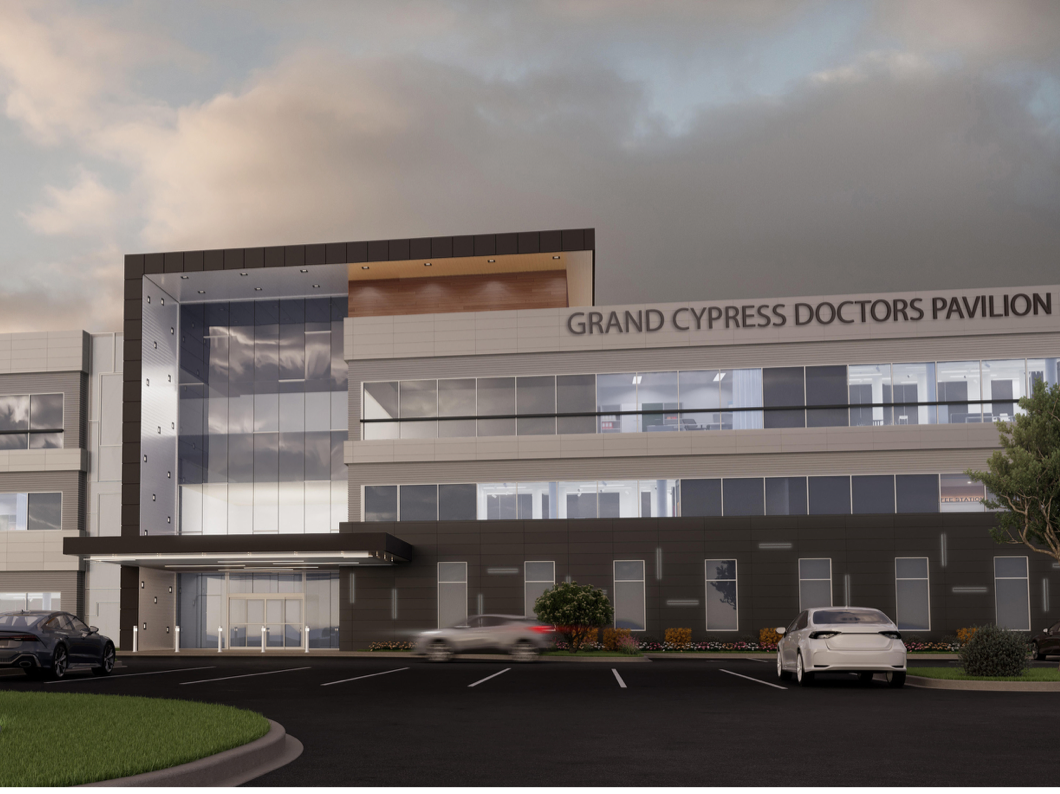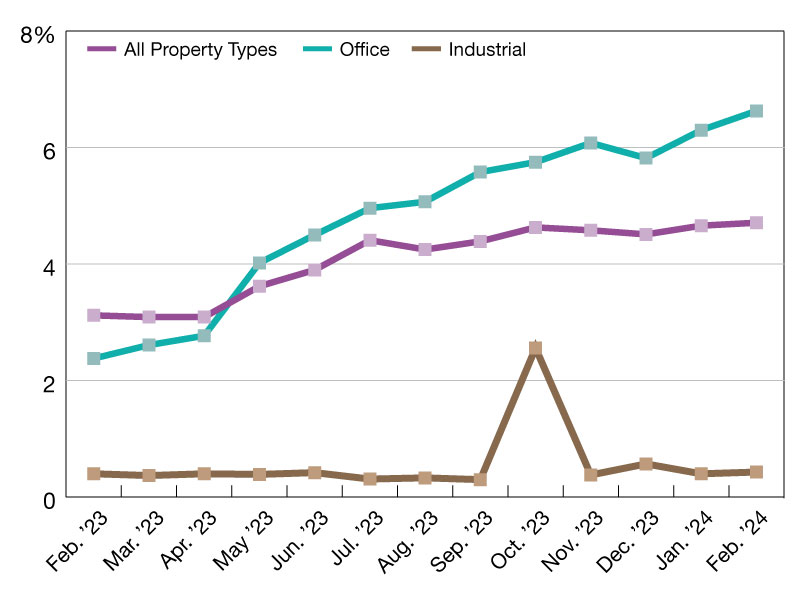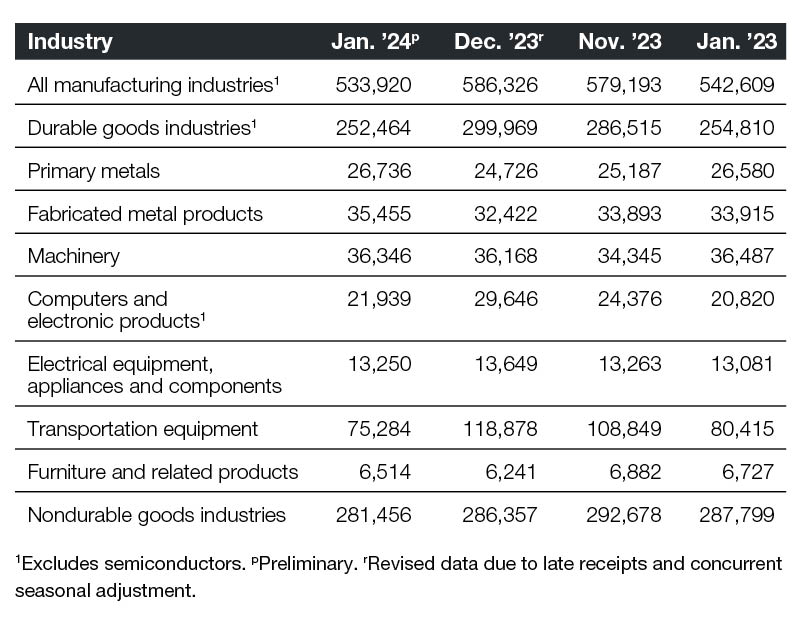Healthcare REITs: Greater Scale and Diversification are Credit Positive
By Lori Marks, Moody's Investors Service
Property sub-type diversification is especially important for healthcare REITs as each of the segments has different profit drivers and unique risk profiles.
By Lori Marks, Analyst, Moody’s Investors Service
Moody’s investment grade-rated healthcare REITs have been on an acquisition tear in 2011, using their strong balance sheets to finance transactions across sub-sectors. These transactions have largely been positive for ratings, as they have helped these REITs achieve greater scale and diversification, without increasing leverage. Property sub-type diversification is especially important for healthcare REITs as each of the segments has different profit drivers and unique risk profiles.
Among the major healthcare property sub-types, the economy has had the deepest impact on senior housing. The weak single-family housing market and reduced consumer wealth have contributed to widespread occupancy declines and concessions. The declines, however, have not been as sharp as Moody’s anticipated and modest as compared to those of the last downturn, which was driven by overbuilding. These results support the notion that need as much as lifestyle choices drives senior housing demand, particularly as it pertains to the higher acuity residents.
In senior housing, occupancy has now bottomed and the outlook is favorable. New supply, a persistent risk due to the sector’s low barriers to entry, remains low. And demand should only improve in conjunction with the economic environment.
The SNF outlook is more uncertain due to government reimbursement risk. The government has indicated that it could cut Medicare rates as much as 11.3% for fiscal 2012. This proposal is less draconian than it appears as it is intended to offset an unexpected revenue increase operators have been experiencing only recently. We believe that the REITs’ triple net leases generally have sufficient cash flow cushion to absorb what will likely be a modest rate cut next year. However, we remain concerned about the longer-term reimbursement outlook given budget deficits and healthcare reform.
Healthcare REITs have increased their presence in medical office buildings (MOBs), which has been a plus for ratings. MOBs are more stable as tenants are highly invested in their locations and most revenue is derived from private pay sources. Healthcare reform should further boost MOB demand, as more procedures are conducted in cost-efficient outpatient settings and more Americans gain coverage.








You must be logged in to post a comment.